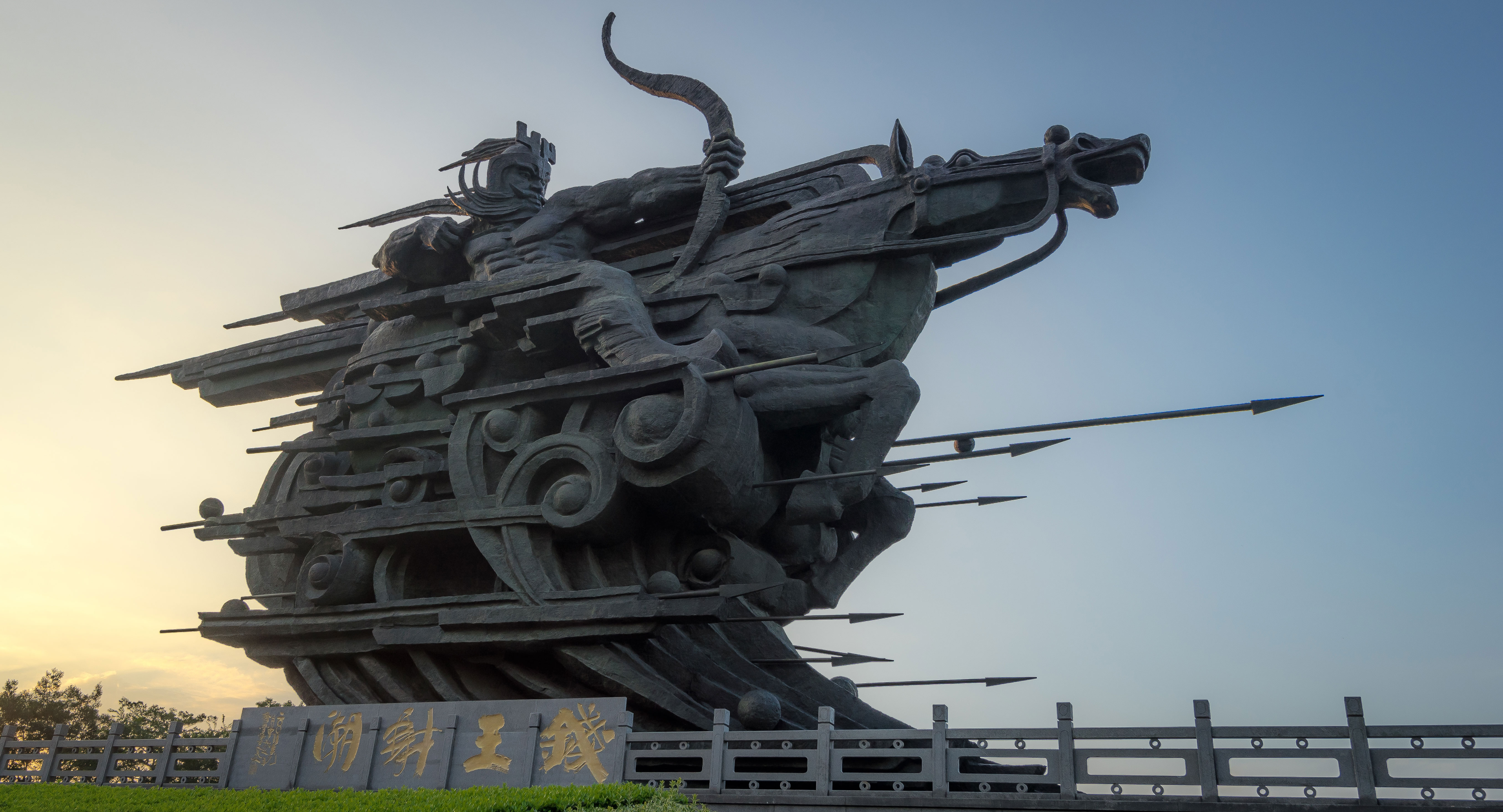|
Xixing Station
Xixing () is a station on Line 1 of the Hangzhou Metro in China. It was opened in November 2012, together with the rest of the stations on Line 1. It is located in the Binjiang District () is one of ten urban districts of the prefecture-level city of Hangzhou, the capital of Zhejiang Province, in East China, it is located in the core urban area of Hangzou. It is across the Qiantang River from West Lake and the older parts of Ha ... of Hangzhou. File:Xixing Station 01.jpg, Platform File:Xixing Station 04.jpg, Art Wall File:Xixing Station 05.jpg, Art Wall File:Xixing Station 06.jpg, Exit D References Railway stations in Zhejiang Railway stations in China opened in 2012 Hangzhou Metro stations {{Hangzhou-railstation-stub ... [...More Info...] [...Related Items...] OR: [Wikipedia] [Google] [Baidu] |
Binjiang District
() is one of ten urban districts of the prefecture-level city of Hangzhou, the capital of Zhejiang Province, in East China, it is located in the core urban area of Hangzou. It is across the Qiantang River from West Lake and the older parts of Hangzhou. Like Pudong in Shanghai, it a very modern, and rapidly developing, area that was mostly farmland until ten years ago. The district's total area is , and its population totals 455,000 people. The district people's government is situated on Xixing Road. History The district was established on December 12, 1996. In August 2015, Binjiang District was approved as China's tenth . Geography Binjiang District is bordered by Xiaoshan District to its east and south, and by the Qiantang River to its north and west. Across the Qiantang River lies Jianggan District, Shangcheng District, and Xihu District. Administrative divisions Binjiang District has jurisdiction over three subdistricts: , , and . These subdistricts are then further d ... [...More Info...] [...Related Items...] OR: [Wikipedia] [Google] [Baidu] |
Hangzhou
Hangzhou ( or , ; , , Standard Mandarin pronunciation: ), also romanized as Hangchow, is the capital and most populous city of Zhejiang, China. It is located in the northwestern part of the province, sitting at the head of Hangzhou Bay, which separates Shanghai and Ningbo. Hangzhou grew to prominence as the southern terminus of the Grand Canal and has been one of China's most renowned and prosperous cities for much of the last millennium. It is a major economic and e-commerce hub within China, and the second biggest city in Yangtze Delta after Shanghai. Hangzhou is classified as a sub-provincial city and forms the core of the Hangzhou metropolitan area, the fourth-largest in China after Guangzhou-Shenzhen Pearl River agglomeration, Shanghai-Suzhou-Wuxi-Changzhou conurbation and Beijing. As of 2019, the Hangzhou metropolitan area was estimated to produce a gross metropolitan product (nominal) of 3.2 trillion yuan ($486.53 billion), making it larger than the economy of Nigeri ... [...More Info...] [...Related Items...] OR: [Wikipedia] [Google] [Baidu] |
Zhejiang
Zhejiang ( or , ; , also romanized as Chekiang) is an eastern, coastal province of the People's Republic of China. Its capital and largest city is Hangzhou, and other notable cities include Ningbo and Wenzhou. Zhejiang is bordered by Jiangsu and Shanghai to the north, Anhui to the northwest, Jiangxi to the west and Fujian to the south. To the east is the East China Sea, beyond which lies the Ryukyu Islands. The population of Zhejiang stands at 64.6 million, the 8th highest among China. It has been called 'the backbone of China' due to being a major driving force in the Chinese economy and being the birthplace of several notable persons, including the Chinese Nationalist leader Chiang Kai-shek and entrepreneur Jack Ma. Zhejiang consists of 90 counties (incl. county-level cities and districts). The area of Zhejiang was controlled by the Kingdom of Yue during the Spring and Autumn period. The Qin Empire later annexed it in 222 BC. Under the late Ming dynasty and the Qing ... [...More Info...] [...Related Items...] OR: [Wikipedia] [Google] [Baidu] |
Metro Station
A metro station or subway station is a station for a rapid transit system, which as a whole is usually called a "metro" or "subway". A station provides a means for passengers to purchase Train ticket, tickets, board trains, and Emergency evacuation, evacuate the system in the case of an emergency. In the United Kingdom, they are known as underground stations, most commonly used in reference to the London Underground. Location The location of a metro station is carefully planned to provide easy access to important urban facilities such as roads, commercial centres, major buildings and other Transport hub, transport nodes. Most stations are located underground, with entrances/exits leading up to ground or street level. The bulk of the station is typically positioned under land reserved for public thoroughfares or Urban park, parks. Placing the station underground reduces the outside area occupied by the station, allowing vehicles and pedestrians to continue using the ground-le ... [...More Info...] [...Related Items...] OR: [Wikipedia] [Google] [Baidu] |

%2C_King_of_Wuyue.jpg)
